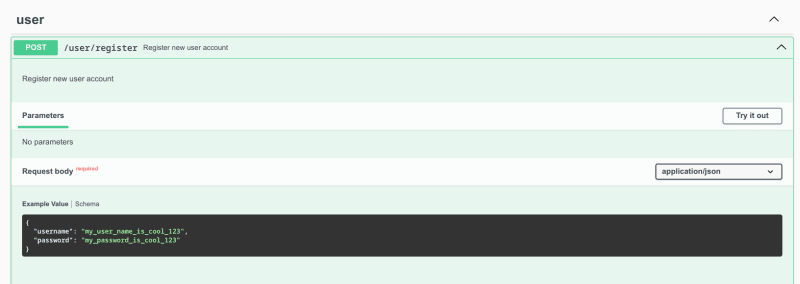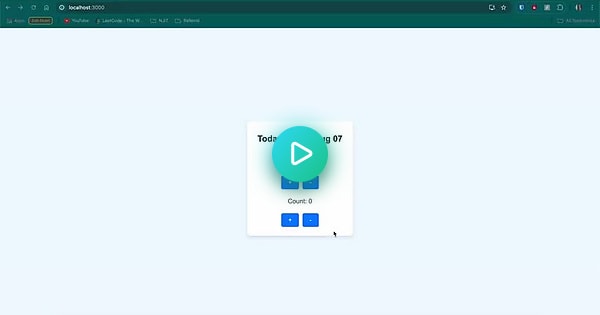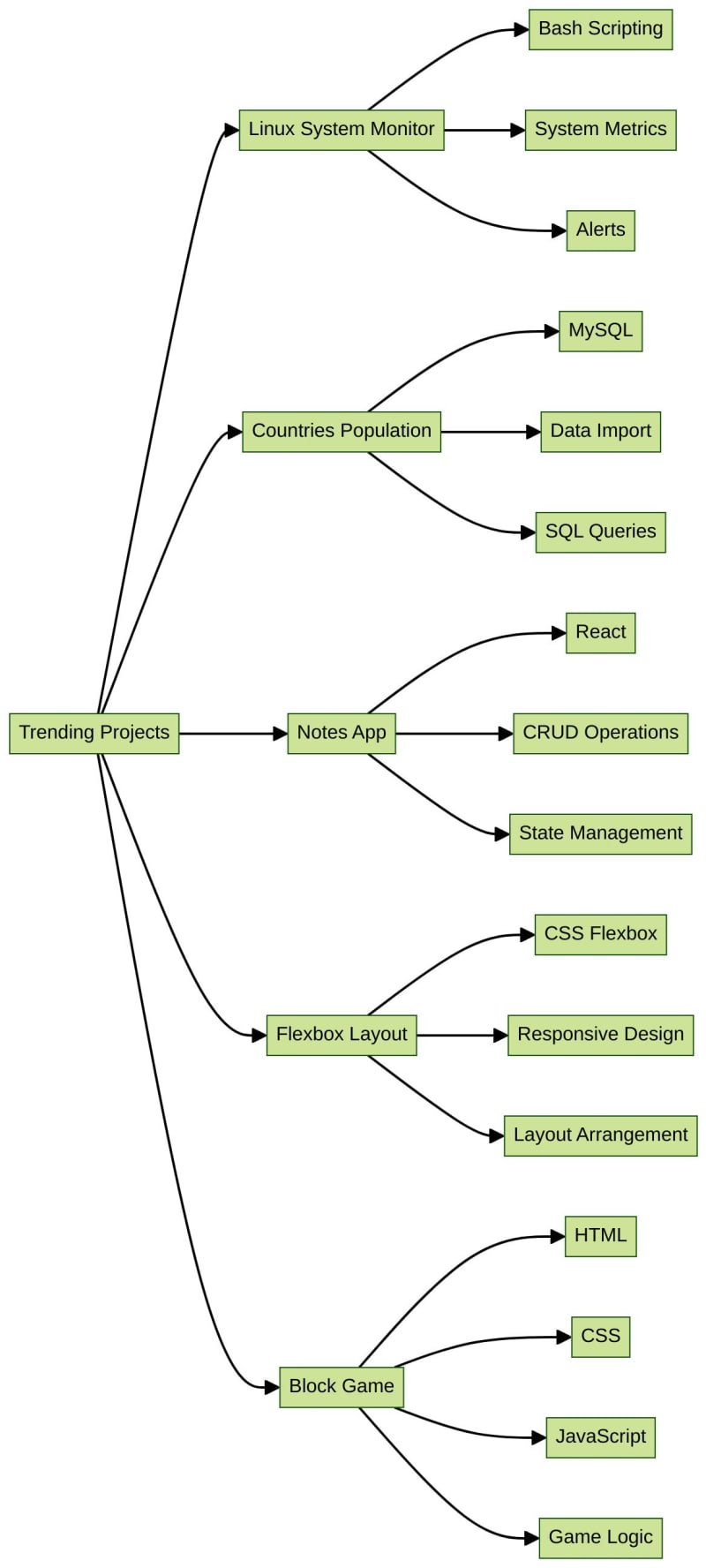Learn actionable strategies for creating a welcoming, engaging, and impactful developer community. Discover how to choose the right platform, create compelling content, and foster meaningful interactions.
In the digital age, online developer communities have become the heart of successful DevTools (Developer Tools) go-to-market (GTM) strategies. They provide a platform for developers to connect, collaborate, learn, and share their expertise, ultimately fostering loyalty, driving product adoption, and fueling innovation. This comprehensive guide explores the key elements involved in building and nurturing a thriving online developer community.
Understanding the Importance of Developer Communities
Developer communities are not just marketing tools; they are valuable ecosystems where developers can interact with peers, ask questions, share knowledge, and get support. For DevTools companies, active and engaged communities can lead to:
Increased Product Adoption: Developers who are part of a community are more likely to understand the value proposition of your product, leading to increased adoption rates.
Valuable Feedback and Insights: Community discussions can provide invaluable insights into developer needs, pain points, and feature requests, helping you shape your product roadmap.
Enhanced Brand Reputation: A positive community experience strengthens your brand image and builds trust with developers.
Organic Marketing and Word-of-Mouth: Engaged community members often become advocates for your product, generating organic leads and driving growth.
Building Blocks of a Thriving Developer Community
1.Choose the Right Platform:
Selecting the right platform is crucial for community building. Popular options include:
Slack/Discord: Ideal for real-time communication and collaboration.
Discourse: Perfect for organized discussions and Q&A forums.
GitHub Discussions: Integrates with your codebase and issue tracking.
Consider your target audience’s preferences and the type of interactions you want to encourage.
2.Set Clear Goals and Guidelines:
Define the purpose of your community and establish clear guidelines for conduct. What kind of interactions do you want to foster? What topics are on-topic? Having a clear code of conduct will help create a safe and welcoming environment.
3.Create Compelling Content
Regularly publish high-quality content that educates, entertains, and inspires developers. This could include:
Technical blog posts: Share in-depth insights, tutorials, and best practices.
Webinars and workshops: Host live events to provide deeper learning experiences and foster real-time interaction.
Community-generated content: Encourage and highlight contributions from your members, such as tutorials, code examples, or case studies.
4.Foster Engagement and Interaction:
Encourage active participation by:
Asking questions and starting discussions: Spark conversations on relevant topics.
Responding promptly to questions: Show that you value their input and are there to support them.
Celebrating milestones and successes: Recognize and reward active contributors to foster a sense of belonging.
5.Leverage AI-Powered Tools:
AI tools like Doc-E.ai can enhance community engagement by:
Automating answers to common questions: Freeing up your team to focus on more complex issues and building relationships.
Analyzing community data: Identify trending topics, sentiment, and potential issues.
Identifying influential community members: Discover potential advocates and leaders.
Nurturing Your Community
Building a community is just the first step. To sustain and grow it, you need to actively nurture it:
Listen to your members: Regularly solicit feedback and act on it. Show that you value their input and are committed to improving their experience.
Welcome new members: Make it easy for new members to join and feel welcome. Introduce them to the community, highlight valuable resources, and encourage them to participate.
Moderate discussions: Ensure a safe and respectful environment by moderating discussions and addressing any issues promptly.
Host regular events: Organize online or in-person events to bring your community together, foster connections, and share knowledge.
Recognize and reward contributions: Celebrate the achievements of your community members and showcase their work.
Conclusion
Building a thriving developer community takes time, effort, and dedication. But the rewards are significant: increased product adoption, valuable insights, and a loyal following of passionate advocates. By following the strategies outlined in this guide and utilizing AI-powered tools like Doc-E.ai, you can create a powerful engine for growth and innovation in your DevTools business.
Remember: Building a community is a marathon, not a sprint. Focus on building authentic relationships with developers, providing value, and fostering a welcoming and supportive environment. With the right approach, your community will become an invaluable asset that drives your DevTools business to new heights.






![[15/52] The Three Languages an Engineer Needs To Know (or maybe it’s more)](https://media.dev.to/cdn-cgi/image/width=800%2Cheight=%2Cfit=scale-down%2Cgravity=auto%2Cformat=auto/https%3A%2F%2Fdev-to-uploads.s3.amazonaws.com%2Fuploads%2Farticles%2F7zx0rh5uggp9bnn878y0.png)


